It’s mulberry season locally. Foragers will be happy and sidewalk owners dismayed. Unharvested mulberries stain walkways, driveways and the like. The solution is rather clear. You can do nearly everything you can do with a blackberry with a mulberry. They make excellent pies and even the young leaves can be cooked and eaten. If you can’t yet identify the tree start looking for purple sidewalks. In fact their ability to temporarily stain and the lack of harvesting mulberries has increased allergies in a portion of the United States.
Mulberries were welcomed in the desert southwest right after WWII because they are well-adapted to the arid environment and expanding cities needed landscaping. But the fruit stain did not wash off well in dry areas. So local governments banned low-pollinating fruiting mulberries in favor of non-fruiting mulberries. Those, however, are heavily pollinators, far more so than the fruiting varieties. The result of that was a dramatic increase in allergens in the southwest. So mulberries –even the low pollinating ones — are banned in several southwest cities along with olives. Only societies with plenty to eat ban trees that produce food.
In sheltered areas you can find the first of the season Wild Cucumbers, Melothria pendula. The vines have been seen growing for the past several weeks but they have to get some length to them before flowering and fruiting. Once they start to fruit, however, they will continue into late fall and longer if the weather is mild. While teaching a foraging class along the inland waterway in Melbourne some Wild Cucumber fruits were found at the water’s edge, which can be a warm mini-clime in cool weather. The size of jelly beans, these little cukes are slightly tart and should be eaten young, when light to middle green. Dark green and black fruit should not be eaten. In fact as the fruit gets darker the flavor changes. When they are very dark green and black the aroma is not appetizing at all. To read more about the Wild Cucumber, go here.
I am often asked if all palm fruit are edible. The answer is a strong “no!” Many of them are not edible and often the offending chemical is calcium oxalate, which is in this case needle-shaped crystals. The crystals mechanically injure us leaving minute wounds that feel like burning. In the mouth and on the skin relief can come from lime juice, or if not that, then lemon juice. Often the calcium oxalate is also found in other parts of the palm as well. Among the palms with this chemical are the Fishtail Palm (Caryota spp.) the Dwarf Sugar Palm (Arenga tremula) Buccaneer Palm (Pseudophoenix sargentii) MacArthur Palm (Ptychosperma macarthurii) Hurricane Palm (Dictyospermum album) Spindle Palm (Hyophorbe verschaffeltii) and several Chamadorea species. Oddly several of these palms have relatives with edible fruit. The Pseudophoenix vinifera juice is used to make wine. Ptchosperma elegans‘ unexpanded leaves are cooked as a vegetable. Several Chamadorea have edible parts: C. costaricana, C. graminifolia, C. pacaya and C. tepejilote have edible young flowers. The young shoots and leaf buds of the C. humilis are edible as are dried fruit.
Many other plants depend on this chemical for protection. Among them the Deiffenbachia (Dumb Cane) Peace Lily, Chinese Evergreen, Taro, Pothos Vine, Virginia Creeper, Pepper Vine, Calla Lilies, Curtain Vine, Cissus verticillata, Caladiums, Pholodendrons and Agaves. In some cultures some species with calcium oxalates have been processed to make them edible.
If you are near the shore or the inland waterway now is the time to look for one of two wild mustards that like it salty. During the foraging class in Melbourne we found a Cakile lanceolate blossoming. Like all mustards, it was edible. Indeed, if you can identify the mustard blossom you have an edible mustard no matter where you are in the world as they are all edible. While there are many shore mustards ours is found from Florida to Texas and also and Puerto Rico. The leaves are fleshy, as one might expect a shore plant to be, and have a slight turnip flavor. Farther north the common shore mustard is C. maritima or C. edentula. To read about these salt-tolerant mustards go here.
While holding a class in Wekiva State Park I saw the blueberry you see pictured here. My first thought that it was the Shiny or Dwarf Blueberry, Vaccinium myrsinites. But it didn’t look quite right. And indeed it is V. darrowii. On second look the blueberries have some separate distinct characteristics. The most obvious difference is the blossom stems of the V. myrsinites are off-white or green and the young blossom white. On the V. darrowii the stems are bright pink. The color of the leaves are different as well. V. Darrowii have a gray cast and V. myrsinites are shiny. Also, V. myrsinites‘ leaves have little glands on the stalks on the underside of the leaf. V. darrowii fruit also have a bloom that is easy to wipe off. V. darrowii has been used to make cultivars for home use. To read more about blueberries, click here. You also might find this about Huckleberries interesting, too.
Depending on where you live foraging can be slow or hot this time of year. Locally we’re loaded with greens. Elsewhere it’s the off-season but that can be a time to study up on various plants, share experiences, and prepare for your upcoming season. On the Green Deane Forum we chat about foraging all year long. And it’s not just about warm-weather plants or just North American flora. Many nations share common weeds so there’s a lot to talk about. Recent topics include Cherry Bark Tea, Biting Bugs, Firebow Tinder, Sheep Sorrel, Brown Bear and Greens, Homemade Sauerkraut, Coconut Oil, Solanum sisymbrifolium seeds, Lost resource Armadillos and Leprosy, Sprouting Palm Seeds, Plant Sources for Camphor, How California Got to Where It Is, Fire Roll, and What Do You See #19.
Foraging classes: Saturday, March 28th: Colby-Alderman Park: 1099 Massachusetts Street, Cassadaga. Fla. 32706, 9 a.m. Sunday, March 29th: Jervey Gantt Recreation Complex, 2390 SE 36th Ave., Ocala, FL, 34471. 9 a.m. Sunday, April 5th, Bayshore Live Oak Park, 23000 Bayshore Rd., Port Charlotte, FL 33980, 9 a.m. Also note on April 4th I will be teaching with several others at an annual event at Bamboo Grove in Arcadia Florida. You can learn more about that event by visiting Andy Firk’s facebook page. To learn more about the classes go here.
Below is “What Do You See? #20. There are three definitely edible wild species.

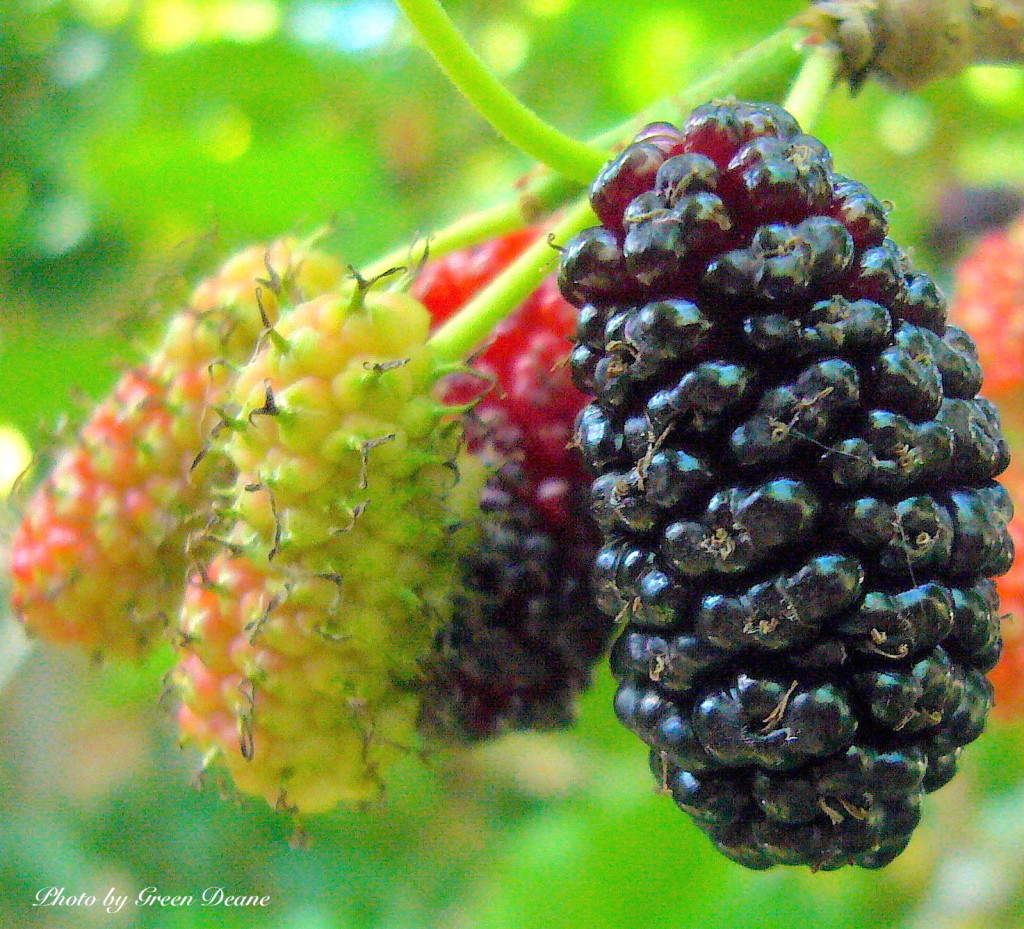
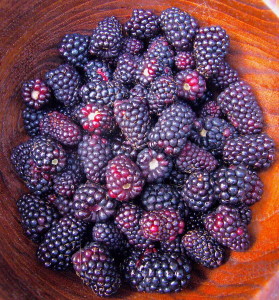

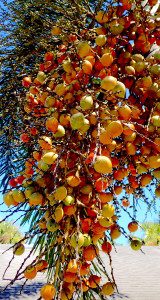
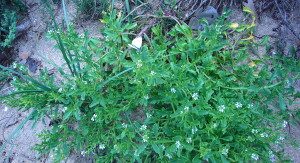
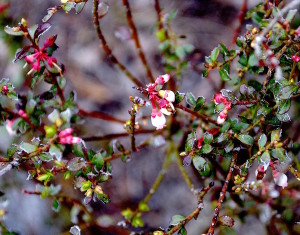
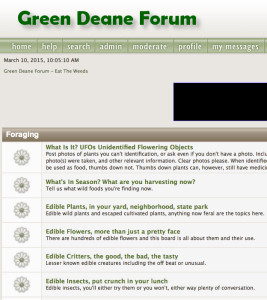

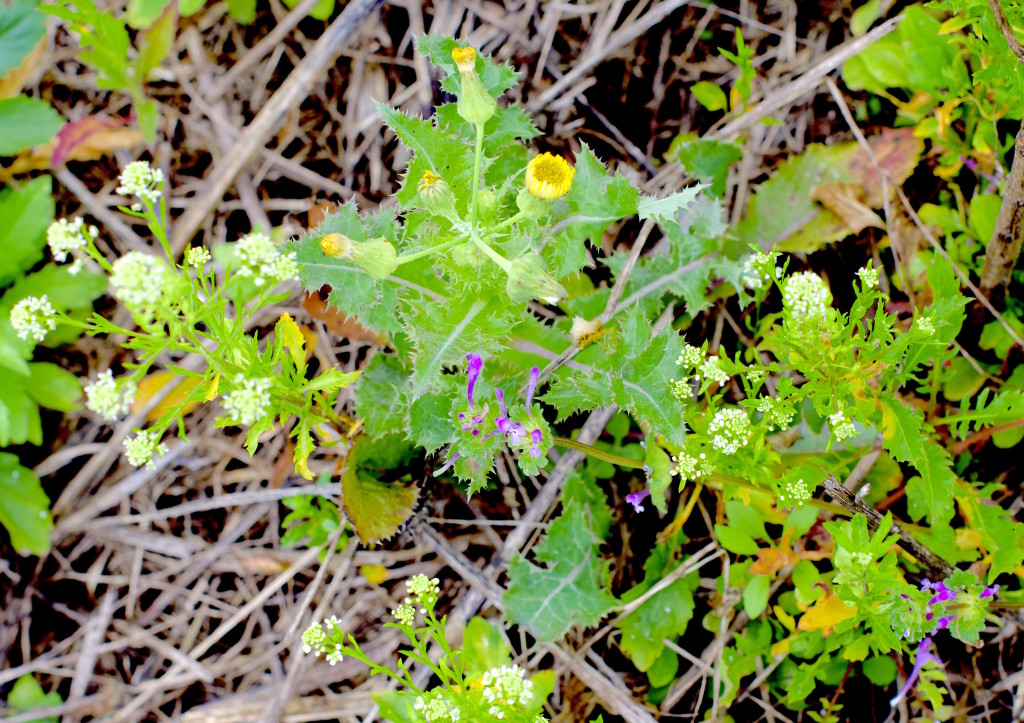

Peppergrass, hensbit, and Spiny Sow-thistle for sure. Not sure about the tiny ones underneath
How do we get the answer to the “What Do You See?” photo? Because I recognize one of those plants as a weed I pull out of my garden, so I want to know what it is and how to use it!
I usually post the answer on the Green Deane Forum. But they are Poor Man’s Pepper Grass, Sow Thistle, and Henbit.
Spiny sow thistle is my guess for the yellow flower.
John S
PDX OR
good newsletter for today. of the 3 edibles in the picture, I can only remember 1-that being dandelions, of which I picked about 1 pound on Sunday. I ate 2 flower tops on the spot, not bitter but pleasant, but when I made dandelion tea, the tea was not very dark, smelled and tasted like broccoli, but I drank the 1 cup anyway, and by the way, I did not boil the water for the tea. thanks for teaching me about wild edibles.
You should be more careful about identifying plants, because that’s not dandelion. and although most plants that look like dandelion are edible, such as wild lettuce, chicory, sow thistle, cats ear, and hawkweed, when it comes to identifying any plant, you need to be 100% sure what it is.
Looks like dandelion and yarrow. I don’t know the little purple one.
Sow thistle, henbit, and poor man’s pepper.
Hi Deane,
Really appreciate your information. This is the first newsletter I’ve received, and my first thought about each plant mentioned was “does this grow in Washington?”. I realize you do what you do for free, and so time is precious, but as an end user it would be of great benefit to see a brief “where this does or doesn’t grow” statement.
Thanks again,
Linda
Thanks for writing… when all my material had to be rewritten and fitted to a new web site I seriously investigated including with each article graphic information about where the plant grows. It soon became a near impossible nightmare. Something like a wild radish is found every where except antarctica whereas Florida Penny royal is found in Florida, the western Caribbean and a county or two in Georgia. It was incredibly time consuming and a lot of information was hard to come by. Most of the plants on site are found in most of North America. But a good number are not. Surprisingly many palms and things like that are found in the north west because of the mild climate. I’ll try to do better.
Hi Deane. I just read on another one of your forums that you used to live in Mims. Small world. I just moved back to Lakeland from there back in August. It’s a nice small town. I really enjoyed the Fourth of July community picnic at the park in Mims. I’m hoping that one of these days to go on one of your foraging tours.
In ’75 I had my degree in my hot hand and was heading from Maine to California to seek my future. I had visited LA with some army buddies and thought Southern California was a lot better than snow-bound frozen Maine. My mother suggested I visit an uncle in Florida along the way. That uncle had been living in New Hampshire when he got tired of the winters in the early 70s and packed the family into the old truck and headed south. The truck broke down in Mims and that’s how the family got there. Then I visited him there and never made it to California.
I LOVE this feature Deane, what an excellent idea to focus on details without being overwhelming. I really look forward to this and have been learning a lot about area plants here in S W Florida, being a CT transplant and missing the milkweeds, lambsquarters, amaranth, purslane, daylilies, and such I was enamored of an found easily there. Some of them may be here too, just have to find them! So far I love the nopales (carefully) and sweet little pennyworts and bidens, which volunteer freely right in the yard! The spiny sow thistle too but only a few, so was pretty easy to spot in the photo as was the ubiquitous peppergrass, but I didn’t know the hensbit so I better go learn about it! Thanks for all the important knowledge you share, I know you would rather be OUT there than reading this!
A week ago I’ve been collecting Blue Nile clay soil to recover part of the exausted soil in my garden. As usual I picked a few of those nowadays ripe Memordica charnatia – veracular: Hunzul or bitter gourd. I know they’ve medicinal uses; but one should be careful particularly when children or pregnant women are concerned. Nowadays I’m enjoying the aroma of my Thymus vulgaris – English thymus which is almost is fully blossoming besides the fragrance of the leaves and indeed the whole plant when touched; it’s still young.
Hi Deane – Is your mulberry tree an M. rubra, M. albus, or M. nigra – or a hybrid? Or do you know?
M. ruba